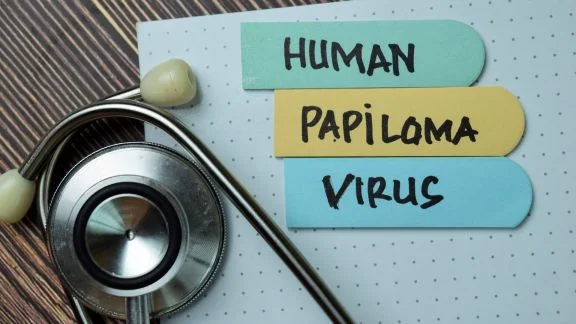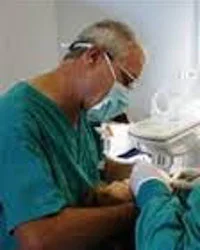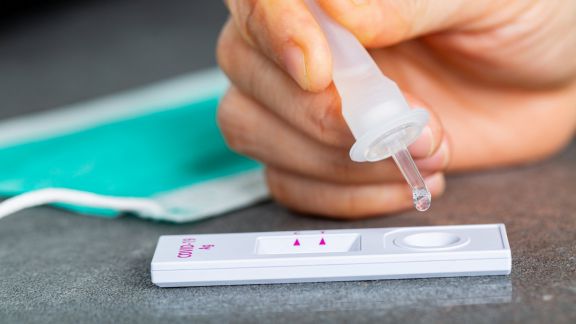
Papillomavirus (HPV): diagnosi, screening, prevenzione e tutto quello che devi sapere sul principale fattore di rischio del tumore del collo dell'utero.

Trattamento con esketamina nella depressione resistente: uno studio italiano sul rischio suicidario
![]() Dr. Vassilis Martiadis
Dr. Vassilis Martiadis
29.11.2025 - Scopri come agisce l'esketamina intranasale nella cura della depressione resistente: un supporto agli antidepressivi somministrato come spray nasale.

Avvicinare il medico e il paziente abbattendo le barriere socio culturali.

Aumentare la consapevolezza rispetto alle scelte sulla propria salute.

Promuovere la cultura medica per evitare l'autodiagnosi e l'autocura.
Oltre 497k utenti registrati si fidano di noi.
Gli Specialisti della Community, verificati alla registrazione, collaborano gratuitamente per offrire contenuti medico-scientifici accurati, veritieri e aggiornati.
I Referenti Scientifici, garanti delle Linee Guida, vigilano quotidianamente sulla qualità dei contenuti pubblicati.

Dr. Paolo Piana Urologo

Dr. Matteo Pacini Psichiatra

Dr. Francesco Saverio Ruggiero Psichiatra

Dr. Antonio Ferraloro Neurologo

Dr. Sergio Sforza Chirurgo generale

Dr. Vincenzo Capretto Psicologo

Dr. Nicola Blasi Ginecologo

Dr. Diego Ruffoni Dentista
Oggi già 8 risposte dai nostri medici specialisti!
Consulta l'archivio
Tra più di 1.6 milioni di consulti trova la situazione simile alla tua.
Hai un disturbo di salute?
Descrivi il tuo problema e chiedi un consulto ai nostri specialisti.
Sei uno specialista?
Aiuta gli utenti in difficoltà e rispondi ai loro dubbi.

Papillomavirus (HPV): diagnosi, screening, prevenzione e tutto quello che devi sapere sul principale fattore di rischio del tumore del collo dell'utero.
La contraccezione con l’anello vaginale
Dr.ssa Pontello

Dr. Ruggiero

Pene curvo: come risolvere il problema?
Dr. Beretta

Tampone rapido: come si fa e come leggere i risultati
Redazione Scientifica Medicitalia

Le fratture del piatto tibiale
Dr. Preite

Come si calcola
il rischio reale di tumore al seno
Storie di ragazze fuori di seno
Il primo blog di Medicina Narrativa
2.970 utenti che hanno scritto 827.137 commenti, 55.142 pagine di contenuti equivalenti nel cartaceo a 1495 volumi da 225 pagine, con oltre 600.000 visualizzazioni mensili e 36.318.312 visualizzazioni totali
Buongiorno dottore da un po di tempo mi capita di sentire una sorta di tensione nella testa
Buongiorno dottore sono un ragazzo di 30 anni iperteso da circa 5 anni, assumo due compresse al giorno di irbesartan. Da un po di tempo mi capita di avvertire una sorta di tensione nella parte...
Buongiorno Egregi Dottori, Mi rivolgo a voi in quanto da fine Dicembre 2024 ho iniziato ad avvertire una sensazione di bruciore e fastidio al meato uretrale che ad oggi avverto come dolore e...
Buonasera, sono una donna di 36 anni che trascorre molto tempo davanti al computer (sono un'insegnante). Da un mese, mi alleno con più frequenza e più intensità del solito. Da tre settimane...
Buongiorno a voi dottori. Spiego brevemente la mia situazione ho 52 anni dal 2021 convivo con diagnosticata ibs e emorroidi di 2/3 grado. feci la mia prima colonscopia nel maggio 2021 dopo...